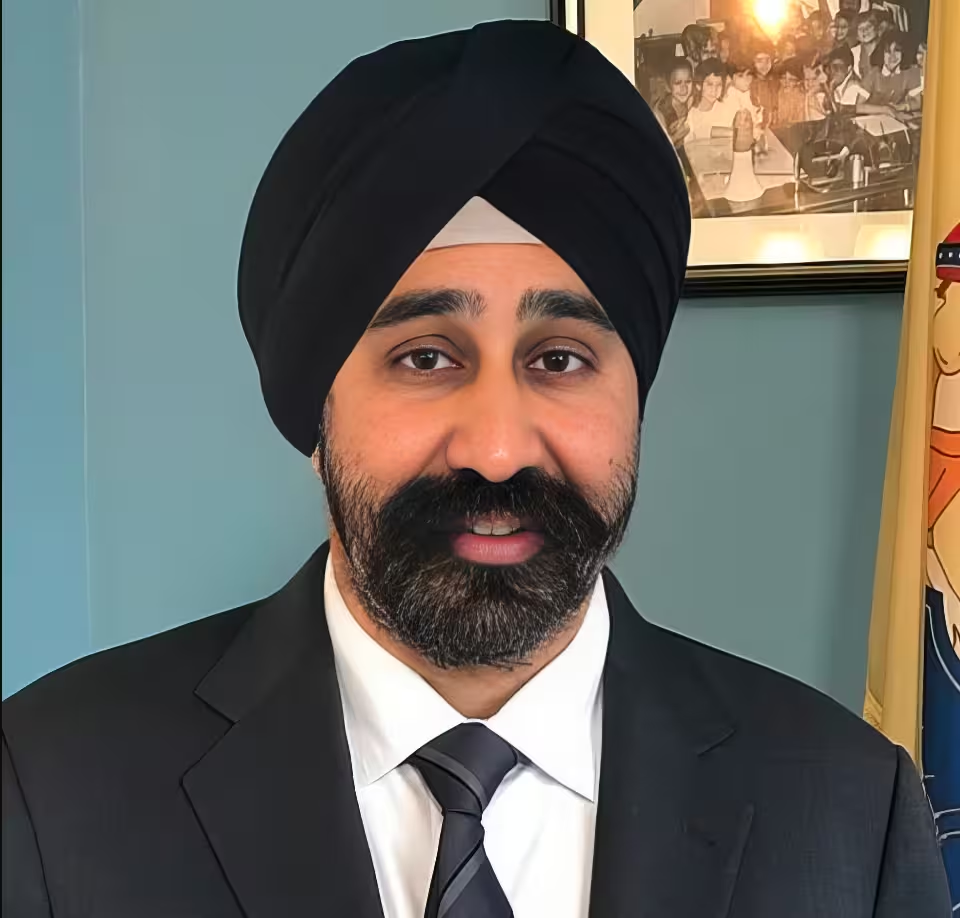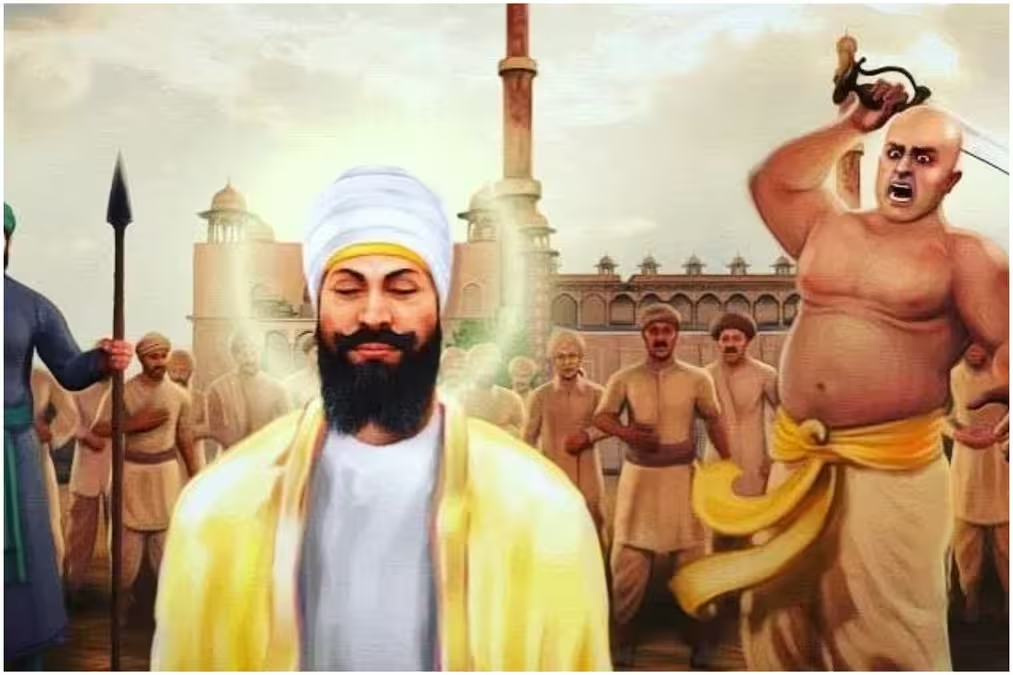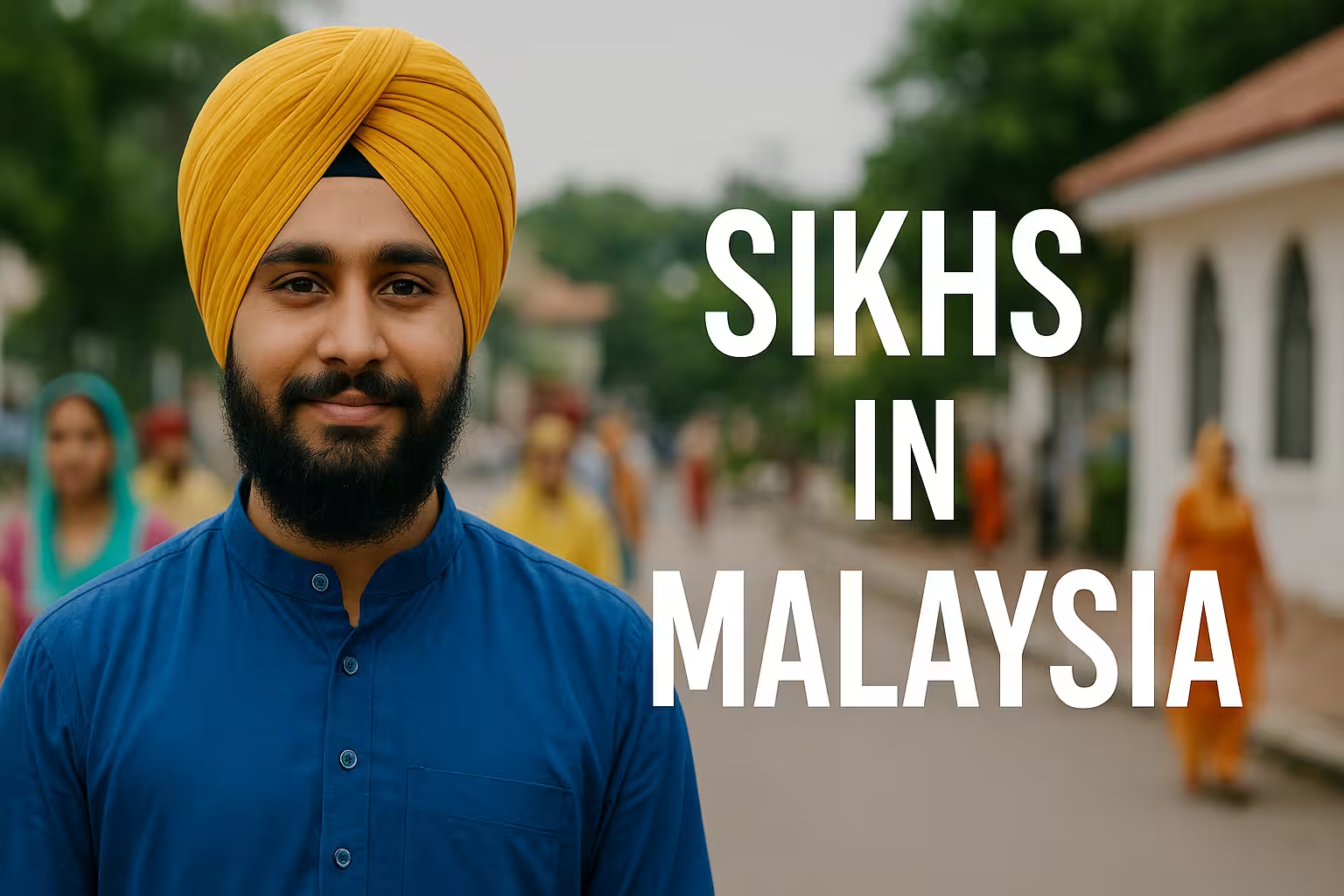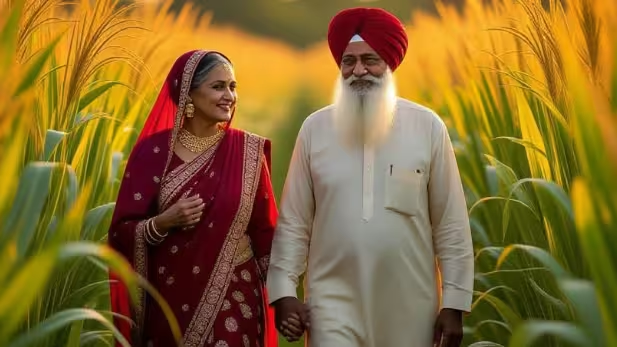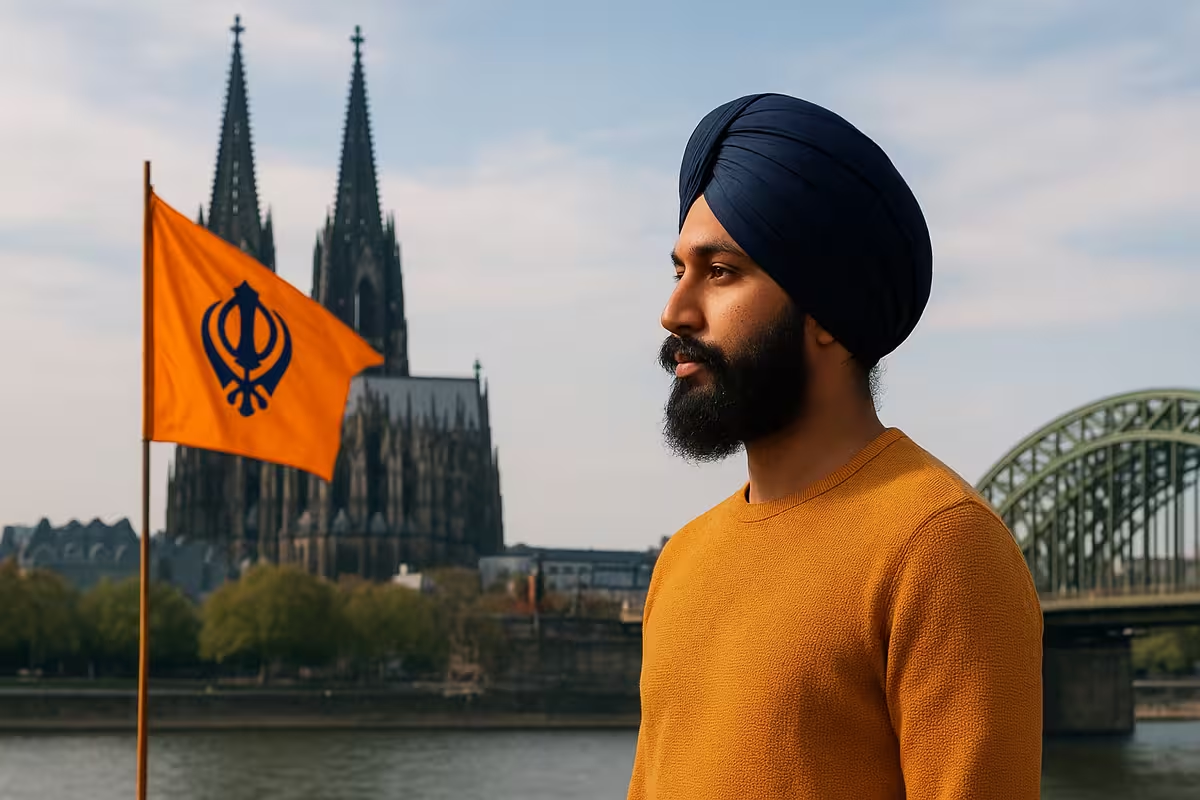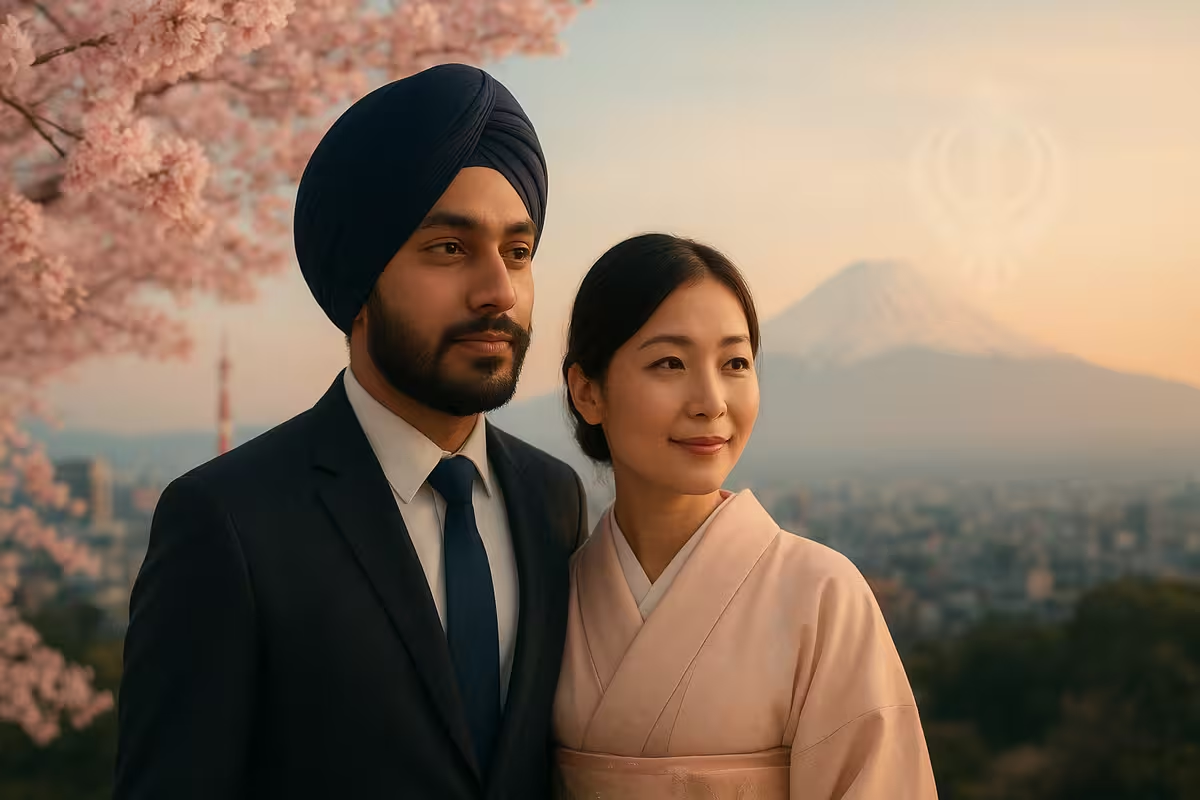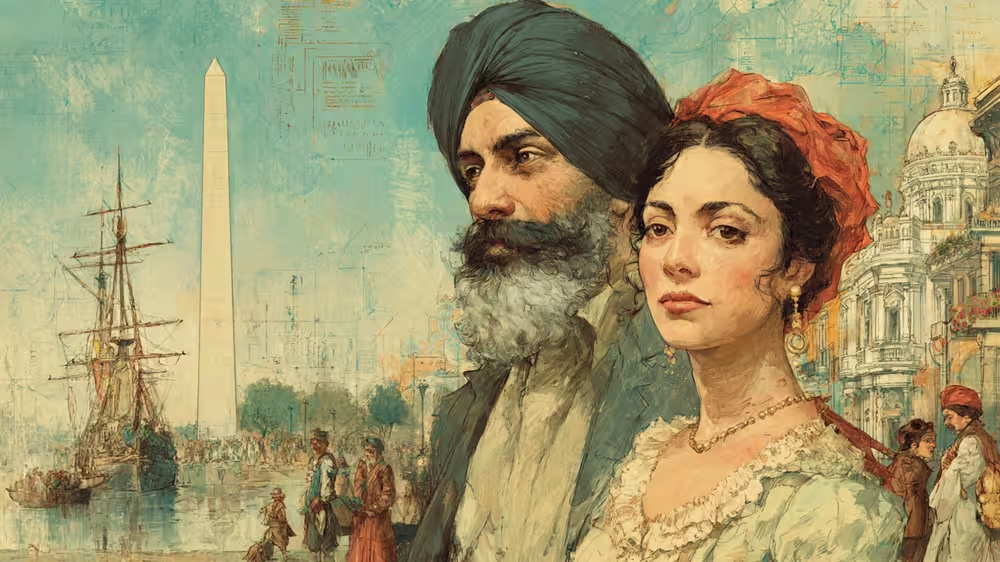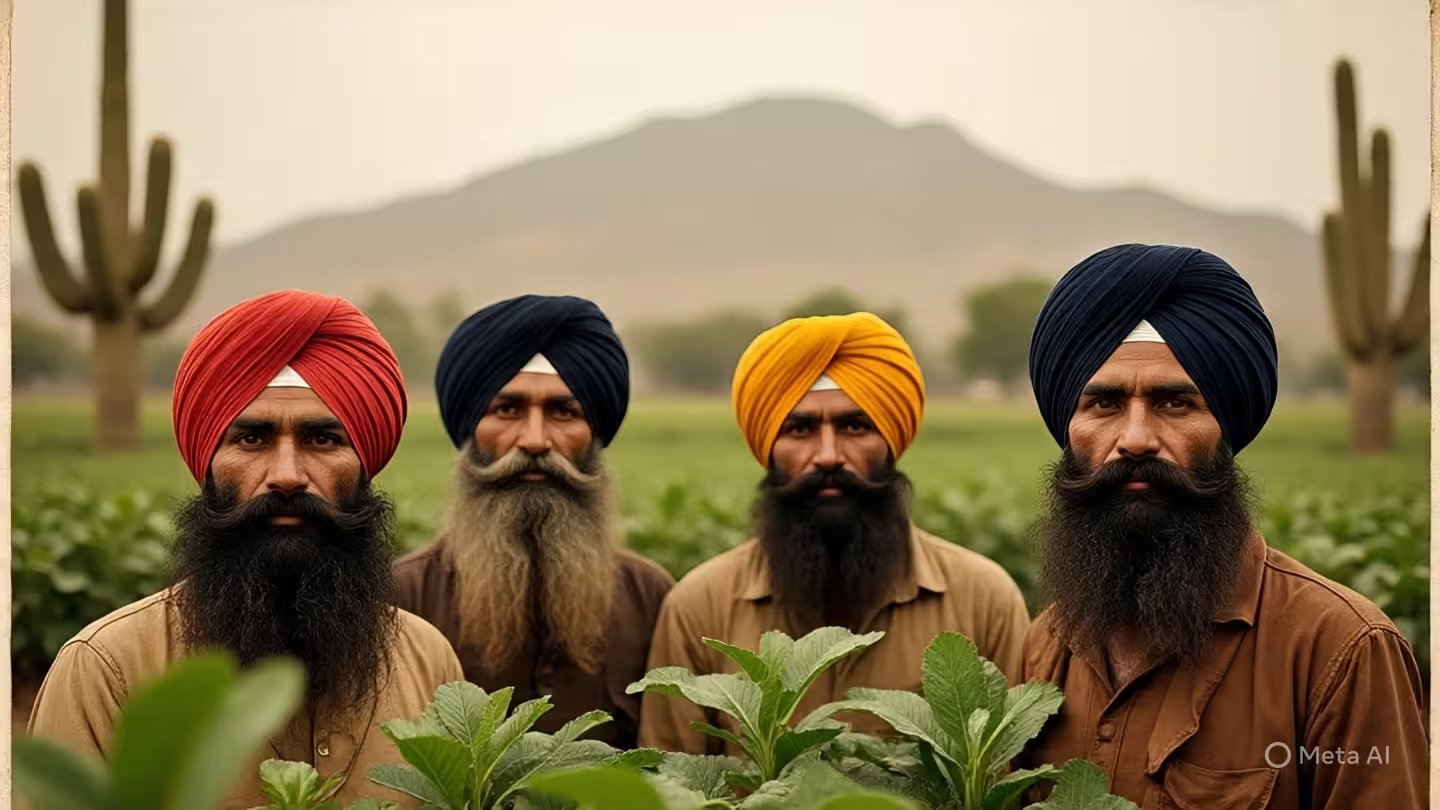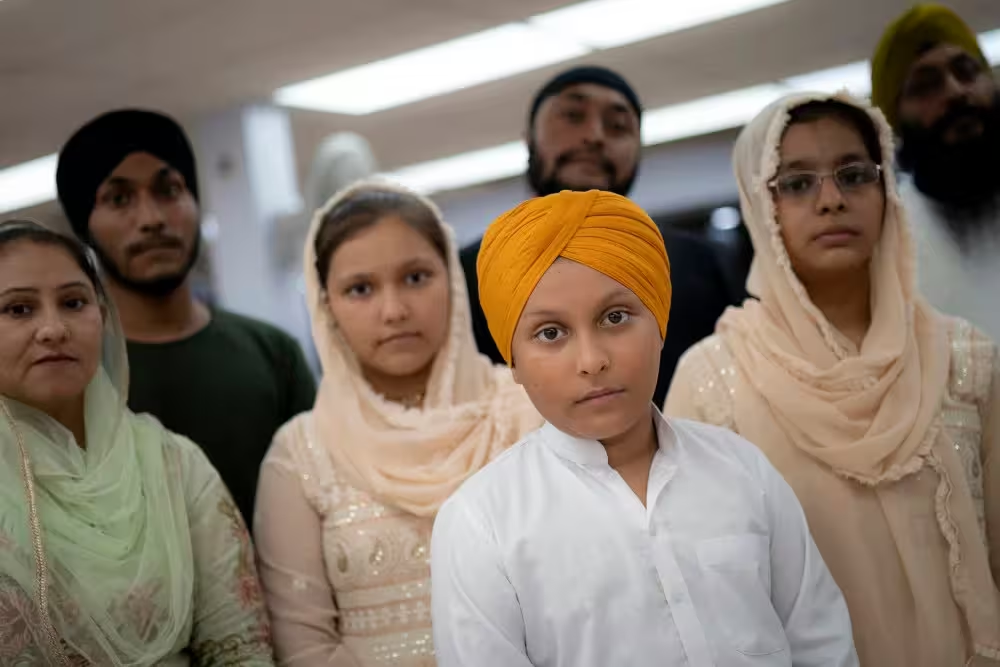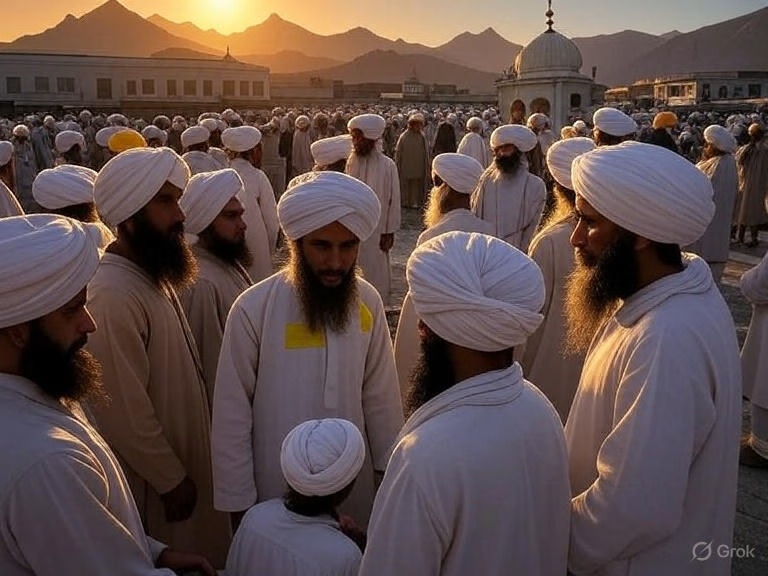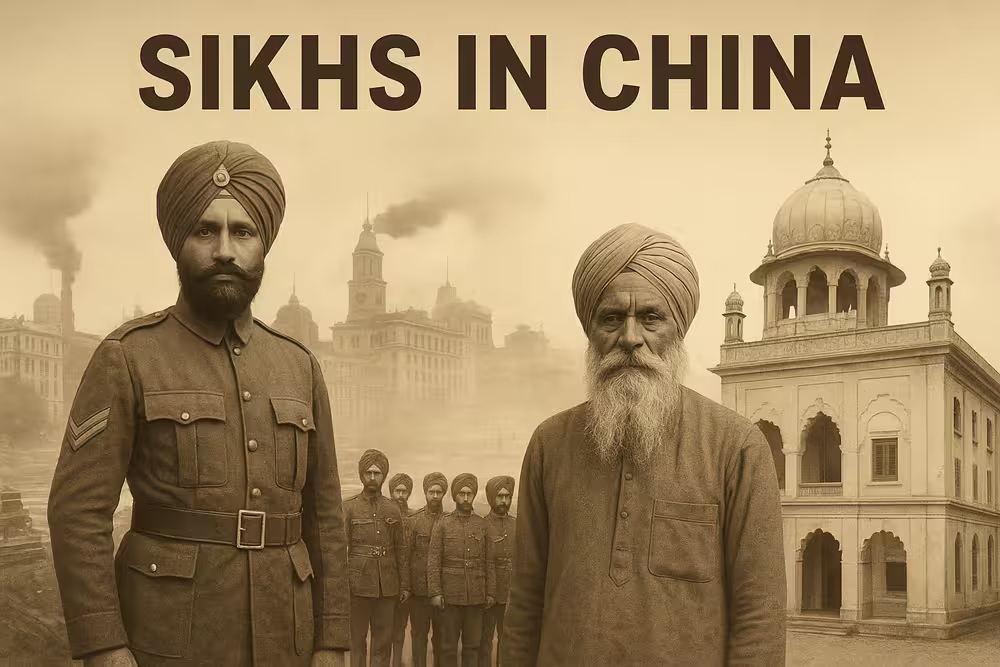
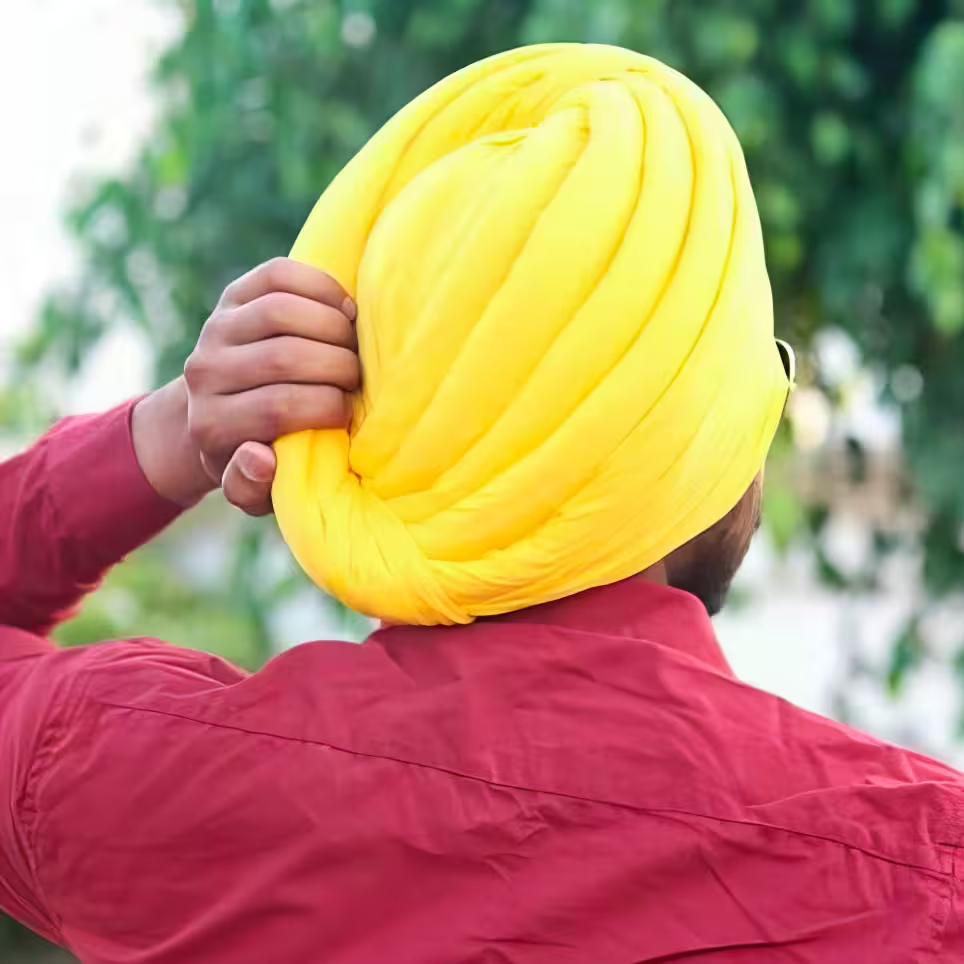
Turbans and Tales: Unraveling the Rich History and Cultural Significance of the Sikh Turban
Dastar" or "Pagri"
The Sikh turban, known as the Dastaar or Pagri, is far more than a piece of cloth. It is a sacred emblem of honor, dignity, and spiritual identity. In India’s rich cultural history, turbans have been worn with pride by kings, warriors, saints, and commoners alike. But for Sikhs, the turban carries a unique and profound meaning — representing faith, equality, courage, and an unbroken connection to the teachings of the Gurus.
While head coverings have existed in many cultures, the Sikh turban holds a distinct place. Its roots go back to Guru Nanak Dev Ji, whose simple head cloth protected him from the scorching sun and dust during his travels. Over time, this practical and respectful custom evolved into a spiritual crown under Guru Gobind Singh Ji, who made the turban a mandatory part of the Sikh identity with the creation of the Khalsa in 1699.
Today, the Sikh Dastaar continues to be a distinctive emblem of identity, instantly recognizable across the world, and a proud reminder of centuries-old traditions. This blog explores the history, cultural importance, and spiritual meaning of the Sikh turban, while also understanding its role in shaping both personal and community identity.
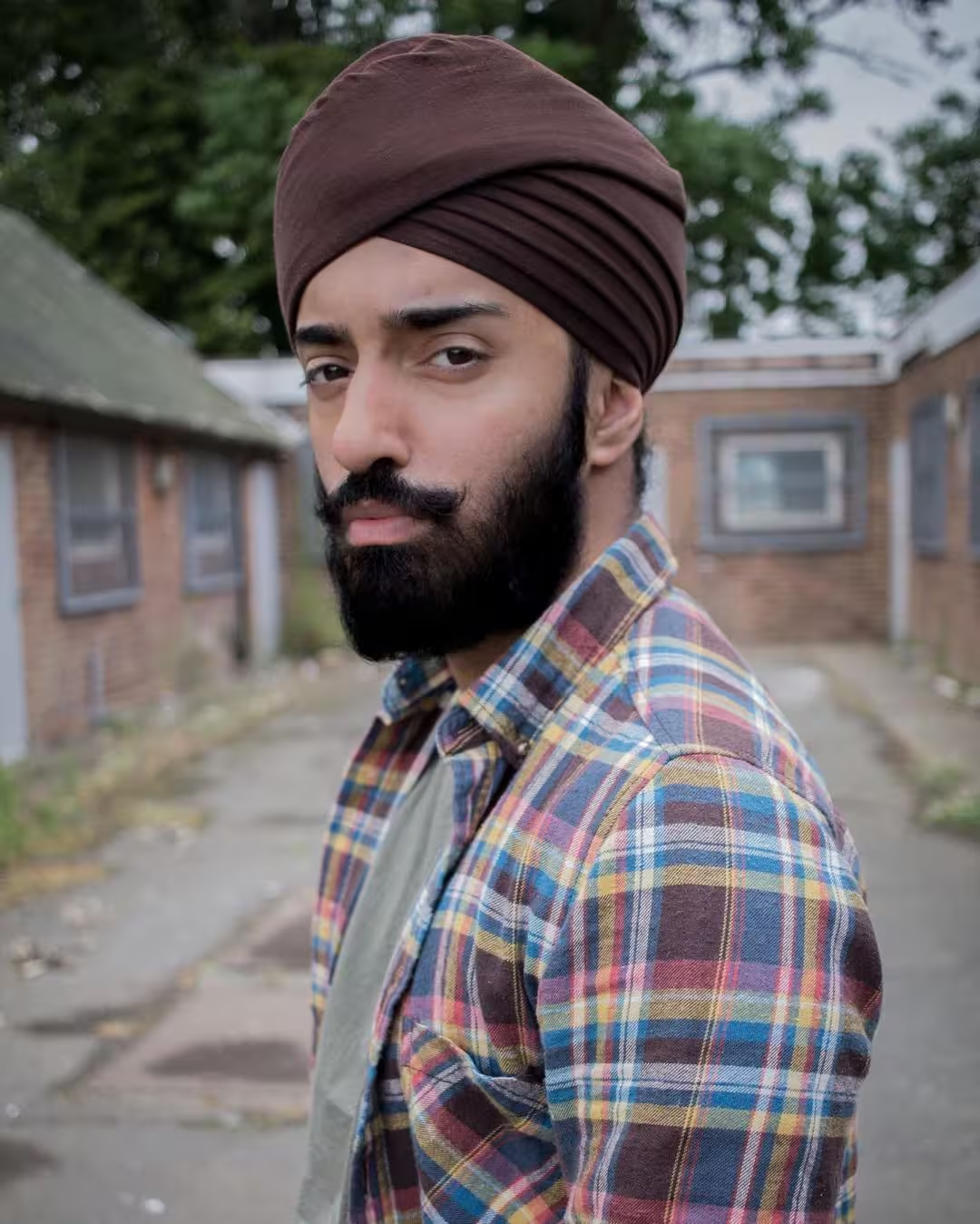
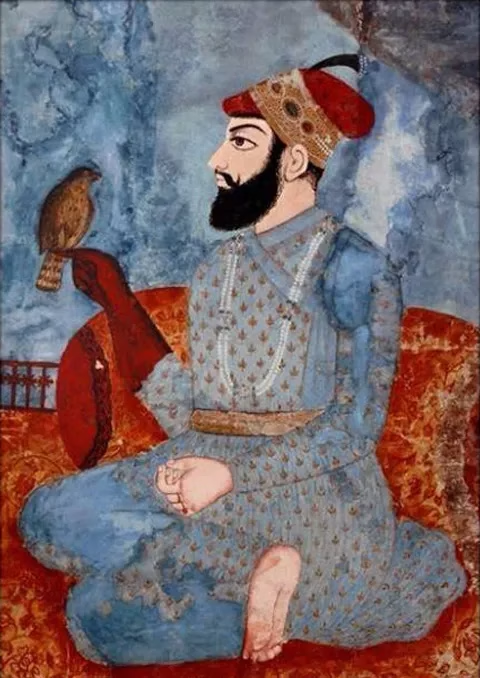
Guru Nanak’s Simple Head Covering (1469–1539)
Historical sources such as the Puratan Janamsakhi and Janam Sakhi Bhai Bala mention that Guru Nanak Dev Ji always kept his head covered during his extensive missionary journeys (Udasis).
This was not the formal Sikh turban we recognize today.
It was typically a simple cloth or scarf (pag, patti, or dupatta) used for:
Protection from harsh sunlight and desert dust.
Spiritual modesty, as covering the head showed reverence to the Divine.
Following cultural norms, since most communities in the Indian subcontinent covered their heads at that time.
Early Sikh Turban Styles: Royal Influence (First Nine Gurus)
The turbans worn by the first nine Sikh Gurus were similar to the royal Indic turban styles of their era.
This style originated from Rajput traditions and was later popularized by the Mughal Emperor Akbar, who adopted Indian customs over his Turkic heritage.
Once embraced by the Mughals, this turban became fashionable among North India’s aristocracy and warrior classes, including the Marathas and Jaats.
The Sikh Gurus wore this style as a mark of leadership, dignity, and sovereignty. This explains why some historical paintings of the Gurus resemble those of Mughal emperors — both featured similar turban and plume designs associated with royalty.
Evolution under Guru Hargobind Sahib Ji (1595–1644)
Guru Hargobind Sahib Ji introduced the Miri-Piri concept — uniting spiritual authority with temporal power. His turban took on a more regal, warrior-like appearance, symbolizing sovereignty and courage.
Transformation under Guru Gobind Singh Ji (1666–1708)
In 1699, with the creation of the Khalsa, Guru Gobind Singh Ji made the turban a mandatory part of the Sikh identity for initiated Sikhs (Amritdhari). It now represented:
Commitment to Sikh values.
Equality, as any Sikh could wear the “crown” regardless of caste.
Courage to defend truth and justice.
From this point onward, the Sikh turban became distinct from turbans worn by other communities, solidifying its role as a sacred article of faith.
SikhiWiki.org

The Cultural Significance of the Sikh Turban
- Spiritual Significance: The turban is considered a symbol of spiritual wisdom and authority. Sikhs wear the turban to cover their hair, which is considered a sacred part of the body.
- Cultural Identity: The turban is an integral part of Sikh cultural identity, signifying the wearer’s connection to their heritage and community.
- Courage and Martyrdom: The turban has been worn by Sikh warriors and martyrs throughout history, symbolizing their bravery and commitment to justice.
- Respect and Dignity: In Sikh culture, the turban is considered a symbol of respect and dignity. Elders and spiritual leaders are often revered for their turbans, which are seen as a representation of their wisdom and authority.
The Turban in Modern Times
In recent years, the Sikh turban has faced challenges and controversies, particularly in the context of Western societies. Many countries have struggled to accommodate the turban in their cultural and social norms, leading to misunderstandings and biases.
However, the turban has also become a symbol of diversity and inclusivity, with many people recognizing its cultural significance and importance. Efforts to promote understanding and acceptance of the turban have led to increased visibility and representation in media, education, and public life.
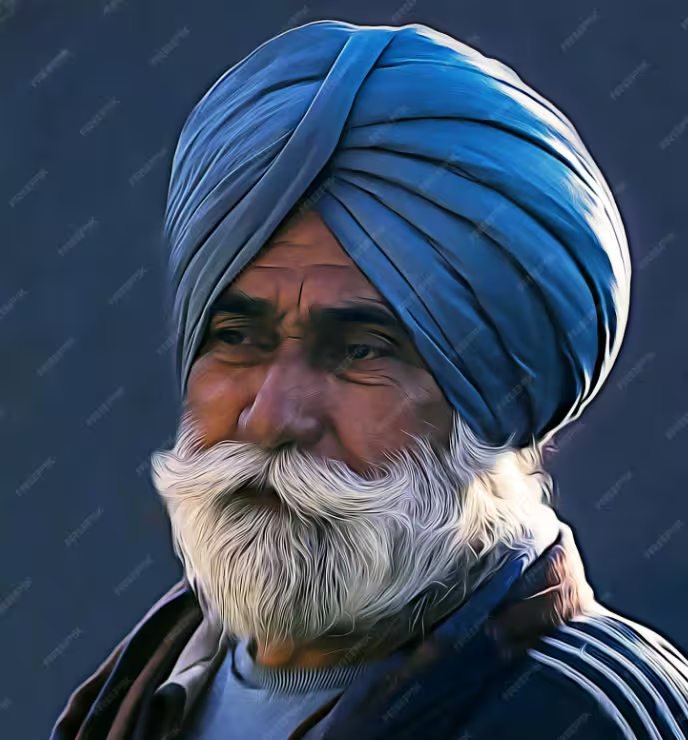
Sikh Turban and September 11, 2001,
The distinctive Sikh identity, marked by the uncut beard and turban, sometimes faces challenges in modern society. In schools, workplaces, and government agencies, Sikhs have occasionally had to defend their right to wear the Five K’s — the sacred articles of faith.
Following the tragic events of September 11, 2001, misconceptions have, at times, led to unwarranted suspicion toward Sikhs wearing a turban and kirpan (ceremonial sword). Unfortunately, this misunderstanding has contributed to sporadic hate crimes against Sikhs in the United States.

What Were the 9/11 Terrorist Attacks?
On the morning of 11 September 2001, 19 Al Qaeda terrorists hijacked four commercial passenger planes in the United States.
Two planes were flown into the Twin Towers of the World Trade Center in New York City, causing both towers to collapse. A third plane was crashed into the Pentagon, just outside Washington, DC. The fourth plane crashed in rural Pennsylvania after the crew and passengers attacked the terrorists on board, preventing it from hitting another target thought to be the White House.
iwm.org
Turban Stories
Every turban tells a story. Take Ravinder Singh Bhalla, the first turbaned Sikh mayor in America, who overcame prejudice to win his election in Hoboken in 2017. His tale of perseverance resonates with anyone facing challenges while staying true to their identity. Similarly, personal anecdotes from turban-wearers, like those in Turbans and Tales by Amit and Naroop, highlight struggles and triumphs, from bullying to embracing heritage
Tarlochan Singh Giani: In 1974, a Sikh man in the UK, Tarlochan Singh Giani, fought a landmark case to wear a turban to work. His employer initially refused, but Giani persisted, eventually winning the right to wear his turban.
Mandla v Dowell Lee (1983): In the UK, a Sikh boy named Mandla Singh was denied admission to a school because he wore a turban. The House of Lords ultimately ruled in his favor, upholding his right to wear the turban.
Bhupinder Singh: In 2008, a Sikh man in the US, Bhupinder Singh, was arrested and jailed for wearing a turban during a court hearing. He fought for his right to wear the turban, and the incident drew attention to Sikh rights in the US.
Simran Jeet Singh: An American Sikh, Simran Jeet Singh, has been an advocate for Sikh rights and turban retention. He has spoken about his experiences and challenges faced by Sikh Americans.
